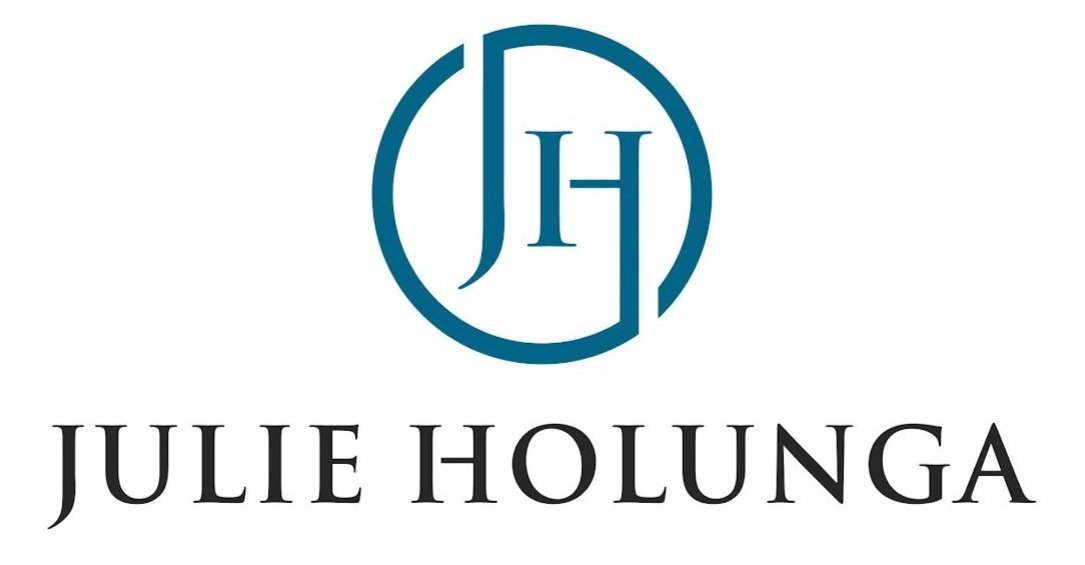Stop Wasting Time and Money: A Simple Framework to Sustain Retreat Momentum
October is where good intentions meet real-world velocity.
Retreat season is over. The flip charts are full, the goals are set, and the energy was real. But now you’re back in the thick of it: client demands, investor updates, closing out the quarter.
This is when most teams lose the thread.
It’s not that leaders don’t care. It’s that execution drag pulls attention back to the urgent instead of the important. By the time January arrives, the strategic priorities from September have quietly taken a back seat.
Strategy doesn’t fail in January. It starts to fade in October.
The Cost of Momentum Drift
Leaders invest heavily in retreats and strategy sessions. McKinsey estimates that companies pour over $60 billion annually into change programs, yet nearly 70% fail to deliver results.
The issue isn’t effort — it’s sustainment.
Law firms lose traction as client demands eclipse internal alignment.
PE-backed firms feel investor pressure that forces short-term focus.
High-performing teams grow frustrated when plans lack follow-through.
Momentum dies when leaders mistake planning for progress.
The Spark-to-Strategy Framework
You don’t need another deck or post-retreat action plan. You need a rhythm that keeps strategy moving while business keeps accelerating.
That’s where I use the Spark-to-Strategy Framework. It is a simple, repeatable system leaders can apply the moment they return from an offsite or planning session.
1. Clarify
Start with visible clarity. Narrow priorities to three. Assign owners and timelines.
Ask: What are the three most important things we must move forward in the next 90 days?
2. Commit
Turn broad goals into micro-commitments. It’s not “the firm will…” — it’s “I will….”
Examples:
A partner commits to giving weekly feedback.
A practice leader commits to structured client debriefs.
A leadership team commits to ending every meeting with clear decisions and owners.
Small moves. Visible progress.
3. Carry Forward
Install a cadence to keep clarity alive:
Schedule a 30-minute check-in two weeks after the retreat.
End every leadership meeting with three lines:
We will… I will… By…
Discipline, not complexity, keeps teams aligned.
Why It Works
The Spark-to-Strategy Framework isn’t post-retreat homework. It’s a leadership operating rhythm.
Clarify makes priorities visible.
Commit makes progress personal.
Carry Forward makes accountability routine.
Leaders don’t need more glossy decks. They need habits that repeat until they stick.
And when leaders model clarity and follow-through, it cascades. Teams stay focused. High performers stay engaged. Trust compounds across the firm.
Gallup data shows that clarity of expectations is one of the strongest drivers of engagement And yet, only half of employees say they know what’s expected of them. When leaders reinforce clarity consistently, alignment becomes contagious.
Keep the Momentum Alive
October is when alignment either accelerates or disappears.
End with clarity.
Lock in commitments.
Carry them forward before year-end distractions take over.
This is the work I embed as a Fractional Culture & Leadership Partner:
Standing up the reinforcement cadence
Coaching managers on clarity behaviors
Tracking early signals of alignment
Because strategy doesn’t fail in January. It fades in October.
What’s one leadership behavior you’re reinforcing to keep momentum alive this month?

